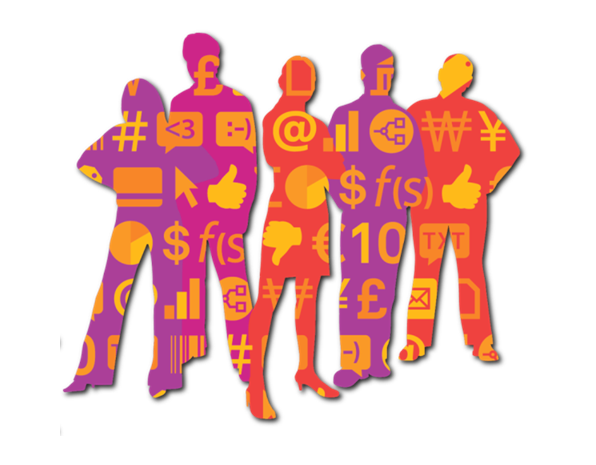The Digital Identity Paradox – When Are You a Fraud?
Blog: Enterprise Decision Management Blog
When was the last time that you went into a bank branch? Whenever it was, it probably wasn’t the last time you interacted with your bank. Most of our banking interactions are impersonal now – we interact with cash machines, portals and apps, not people.
The loss of direct, personal, face-to-face interaction is of course a universal phenomenon in the developed world. I smile wryly when I watch my kids and their friends “keep in touch” by means of social media, SMS or email rather than face to face or over the telephone. The devices and technology invented to help make contact more possible have led in some ways to contact being less personal! And of course social media also allows us to reveal more information about ourselves on-line to strangers and potential criminals than we would ever do face-to-face.
But remote contact brings other challenges too. A couple of years ago I was presenting on the subject of “digentities”, or digital identities, whereby each of us assume a slightly different persona online.
So if we are increasingly strangers to personal interactions, and remote interactions are susceptible to access from others, and our digentities sometimes are only a pale reflection of our true selves, then the job of properly authenticating an online actor is a thorny one.
If someone wants to shave a few years off their age, or a few pounds off their weight, on their online persona, that may seem like a harmless embellishment. But if such minor indiscretions can be forgiven, where does one draw the “acceptable” line of (dis)honesty?
What if I deliberately quoted the wrong date of birth to hide my age when applying for a financial facility? Harmless fun or first-party fraud?
Would your view change if I were a minor pretending to be a certain age in order to gain eligibility for certain entitlements? And does it matter if that entitlement is to get a Facebook account before the age of 13, or to get concessionary tickets designed for someone younger, or to gain access to age-dependent products?
Of course there are many initiatives afoot to bring greater singularity to remote interactions, and essentially put the true person at the heart of the engagement. But there is a sense of irony that the more people interact online, the more fractured and inconsistent their digital identities become.
As Paul Weller put it in “The Changingman”: “The more I see, the more I know. The more I know, the less I understand. I’m the changing man, built on shifting sands.”
The post The Digital Identity Paradox – When Are You a Fraud? appeared first on FICO.
Leave a Comment
You must be logged in to post a comment.








